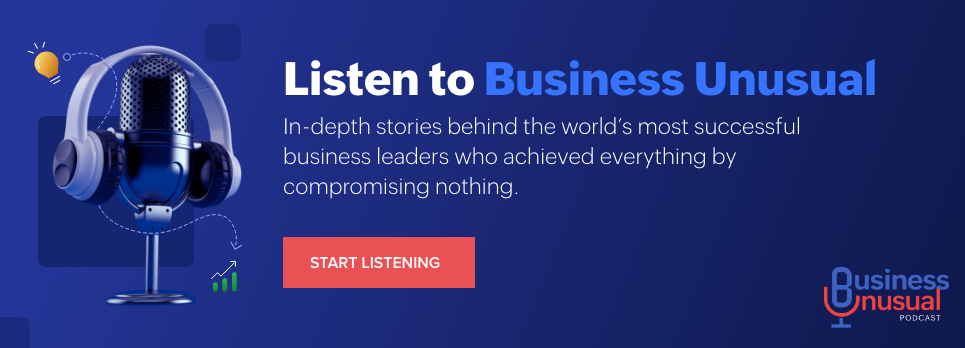The flexibility of cloud software makes it easy to add new tools to your tech stack. But that ease of deployment is also what makes SaaS budgets particularly prone to the problems of bloat. Unless teams are actively and strategically managing their cloud deployments, they will never be able to realize their full value. So whether organizations are looking to reduce their IT spend or streamline their tech stack, auditing and optimizing SaaS deployments is the best place to start.
The hidden costs of tech bloat
The costs of tech bloat go beyond budgets. Tech stacks that aren't actively managed introduce risk to every part of a business: inaccurate overhead forecasting, data siloes and poor system performance, money wasted on unused SaaS licenses, and threats to data security from leaks or unauthorized access.
These risks are amplified when individual teams or employees adopt applications that aren’t sanctioned or monitored by IT. Known as “shadow IT,” these apps are significant contributors to vendor bloat and they drive up organizational expenses while creating or exacerbating data management issues. The license fees can be easily hidden inside departmental budgets, meaning businesses may be paying for redundant software solutions without realizing it.
Because shadow applications are invisible to central IT teams, they pose substantial risks to an organization's security and compliance posture. They can create unnoticed vulnerabilities that open systems to data breaches, data leaks, or regulatory non-compliance. Naturally, the more systems an organization has, the greater the risk of mishandled or leaked data.
Haphazard tech stacks also lead to operational inefficiencies. Lack of a streamlined IT process means multiple departments spend time solving the same problems with different tools. This leads to an increase in manual processes and data entry, which in turn reduces the quality of the data entering the system. Multiple data systems, each with different structures and format requirements, result in duplicate, inaccurate data that can't be read by other systems.
Identifying opportunities to create leaner IT systems
Before diving into more complex solutions to IT bloat, it's important to put in place a recurring, regularized audit process for all of your IT systems. While IT personnel are often focused on future digital transformation projects, ignoring the current tech stack means leaving significant savings and potential efficiencies on the table.
Analyzing the usage and performance metrics of your deployment is a simple place to start. Identify which tools have the highest number of users or the highest total spend, and—using the last log-in date as a baseline—filter by employees who haven't logged in for at least a month. Those accounts offer an opportunity to reduce the total number of licenses or to move those users onto a lower-cost (or free) tier of the product. A comprehensive SaaS management platform can accelerate your analysis, making your audit a quick and painless part of your yearly or quarterly system maintenance.
In addition to looking at the quantitative data, it can be helpful to survey employees about their software usage habits. Stakeholder feedback often provides vital insights into which applications are considered essential, and which are seen as unnecessary, overly complex, or lacking in critical features. If surveys are administered anonymously, you may even be able to estimate the number of shadow applications actually in use throughout your organization, and understand what functionalities your central IT stack needs to offer in order to become the preferred solution.
Preventing bloat through better strategic alignment
Periodic vendor audits can give decision-makers vital insights into how their technology budgets are being allocated, while highlighting opportunities to reduce costs. Typically, this process will involve mapping out the vendors you're working with, alongside your annual or monthly spend for each vendor’s services. From there, you will be able to make data-backed decisions about which offerings can be consolidated, or in some cases, eliminated.
To ensure a smooth and structured process for reducing IT bloat, it’s helpful to establish a steering committee composed of employees in a variety of roles. The steering committee should work to understand and document the needs of users across the organization, and educate them on existing company offerings that could meet those needs. If solutions are slated for elimination or reduction, the steering committee should create a roadmap to ensure that its decision aligns with the needs of employees, as well as the goals of the broader organization.
Should it become necessary to unify or streamline your IT stack on a new software platform, it's important to get your strategic priorities aligned from the start. It can be helpful to request that any new or existing software vendors you're considering sit for a "reverse demo," in which your team directly walks their technical engineers through the intricacies of how your current system works. By familiarizing potential technology partners with your process, you'll be able to clearly illustrate your operational needs in concrete terms. This puts your procurement team in a better position to center the sales conversations around the ways a solution will support your specific goals, rather than merely adding one more solution to the stack.
Building a healthier, more unified tech stack in 2025
Preventing tech bloat isn't just about watching the bottom line; it's about maintaining a holistic perspective on the way employees are using software solutions and the usability of the data they produce. Unifying your disparate IT solutions can bring greater visibility to your operations, while reducing risk, redundancy, and unnecessary expenses. Many organizations find that this is easier with a centralized software suite, while those that prefer a more ad-hoc approach may need to deal with some additional complexities as they work toward eliminating IT bloat. Regardless of your approach to your tech stack, developing clear strategies for process review, vendor audits, and IT consolidation can go a long way toward improving the health and security of your software systems.


